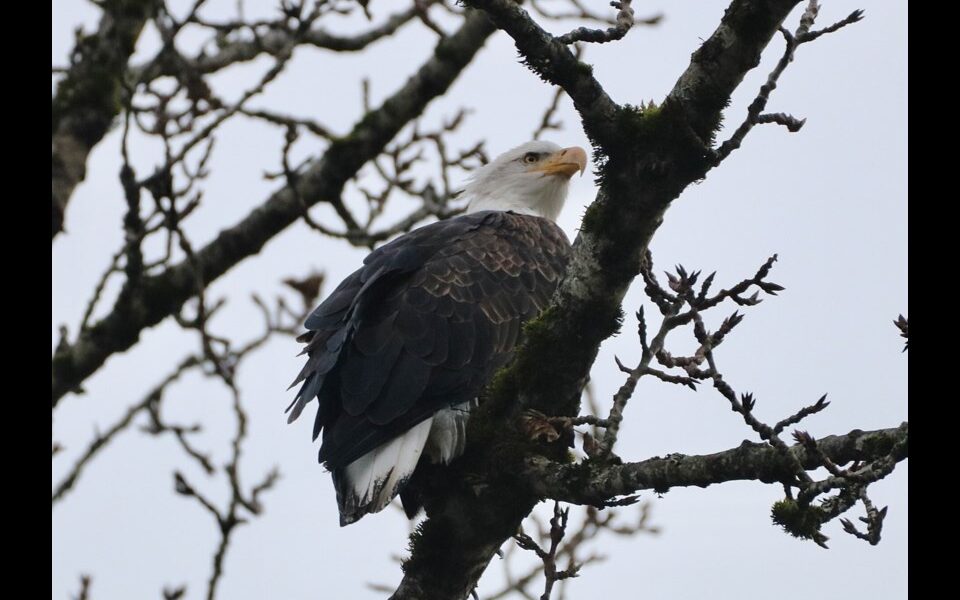Climate Change Shifts Bird Migration Patterns Along Pacific Flyway, Impacting Squamish Ecosystem
Earlier Springs and Habitat Loss Disrupt Migration Routes for Birds in Squamish
Climate change is slowly but surely reshaping the natural world, with one of the most profound impacts being felt along the Pacific Flyway. This crucial migratory route, stretching from Alaska to Patagonia, is seeing shifts that not only affect birds but also the ecosystems they inhabit. For Squamish, a vital stop on this flyway, these changes bring both local and global consequences.
The Strain on Shorebird Populations
The Pacific Flyway supports millions of birds each year, yet many of these species now face significant challenges. The 2024 State of Canada’s Birds report highlights a worrying trend: shorebird populations, such as sandpipers and plovers, are in decline. Squamish’s Skwelwil’em Estuary, a critical stopover for these birds, is experiencing habitat loss, which directly affects their ability to rest and refuel during migration.
As Rémi Torrenta, British Columbia projects coordinator for Birds Canada, explains, “The estuary is a critical stopover for these birds. It’s a place for them to rest and refuel. Without it, their chances of completing their migration drop significantly.”
Despite ongoing conservation efforts to protect this vital estuary, the birds’ journeys are increasingly jeopardized, and the timing of their migrations has also been disrupted.
The Mismatch Between Birds and Their Food Sources
Warmer temperatures are causing springs to arrive earlier, which leads to an unsettling phenomenon for migratory birds: trophic mismatch. As bird biologist Christopher Di Corrado notes, “Birds might leave at the usual time, but when they arrive in places like Squamish, spring may have come earlier.”
Insects, the primary food source for many birds, emerge sooner than expected, creating a misalignment with the birds’ arrival. This mismatch affects the birds’ ability to find nutritious food, leaving them with less energy and making breeding more difficult.
Research has shown that this timing problem is exacerbated by climate change, which is causing ecosystems to shift at a rate faster than birds can adapt. Inadequate nutrition during migration can have devastating consequences, weakening bird populations and diminishing their chances of survival.
Bright Spots for Waterfowl and Bald Eagles
While the news for some species is bleak, there are also signs of hope. Waterfowl, including ducks and geese, have seen remarkable population increases, with national numbers growing by 150% since 1970. Squamish’s estuary has been instrumental in this success, providing a safe place for waterfowl to winter and access to abundant food.
As Torrenta points out, “Waterfowl really benefit from the wetland conservation work happening here. They’ve got a safe place to winter and plenty of food to sustain them.”
Similarly, bald eagles in Squamish have thrived. Every winter, large numbers of these majestic birds congregate in the region to feast on spawning salmon. This success is part of a broader national trend, with raptor populations, including eagles, increasing by 110% due to targeted conservation efforts. The Squamish Estuary plays a vital role in providing the ideal environment for these eagles.
How Squamish Can Make a Difference
While climate change poses a significant threat to bird migration, Squamish residents can take steps to help. Efforts to curb window strikes, a major cause of bird fatalities, have already been initiated. The Squamish Environment Society has installed small black dots on downtown glass railings to prevent collisions, and homeowners are encouraged to add UV-reflective films to their windows.
Di Corrado stresses, “Providing habitat, food, water, and shelter for birds—especially during migration and nesting seasons—is something everyone can do. But the broader issue of climate change requires large-scale action.”
Squamish’s role in protecting birds is crucial, as the effects of climate change will continue to ripple across ecosystems, affecting not only the birds but also the habitats that support them. By focusing on both local conservation and global action against climate change, the community can help ensure that the Pacific Flyway remains a safe route for migratory birds for generations to come.




